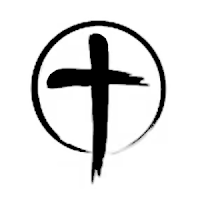Carl Sagan is Unscientific

"Avoiding profane and vain babblings, and oppositions of science falsely so called" (1 Tim 6:20). Carl Sagan once claimed that "The Cosmos is all that is or was or ever will be." This is not a statement of fact but a statement of faith First, he never tried to prove the statement. Which makes it a mere assertion. And just because a scientist says it doesn't make it true. It is asserted without evidence, and it can be ignored without evidence. Second, how did he know that "the Cosmos is all that is?" You would first have to know "all that is" before you could know that the Cosmos is it. The fact that physicists populated a multiverse means that many cosmos'. Third, if Carl didn't exist from the beginning of time, how could he know that the "Cosmos is all that... was." This is very unscientific. He has no evidence to support it, no experiments to prove it, and no testimony to verify it. It is a mere assertion. Fourth


